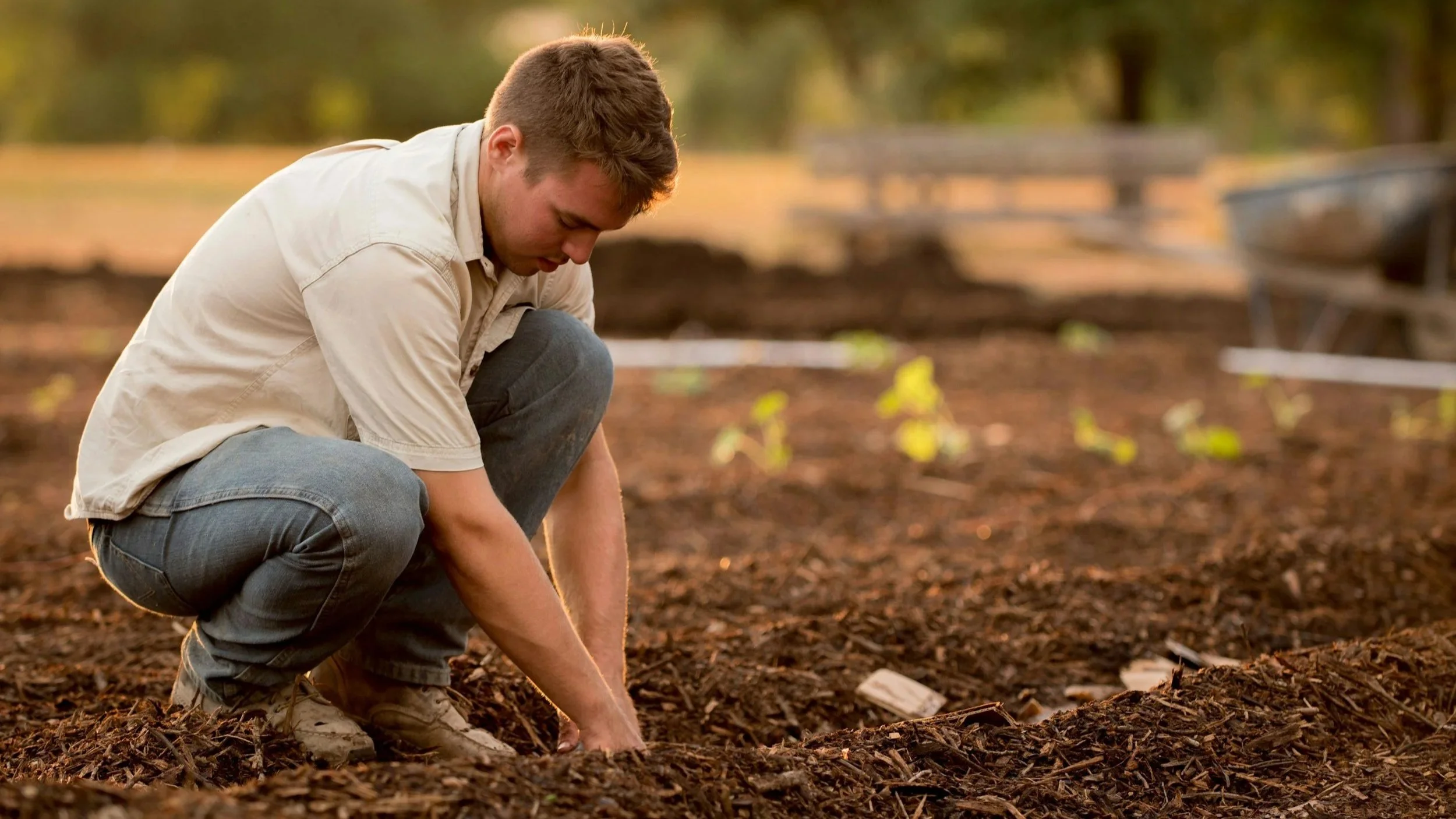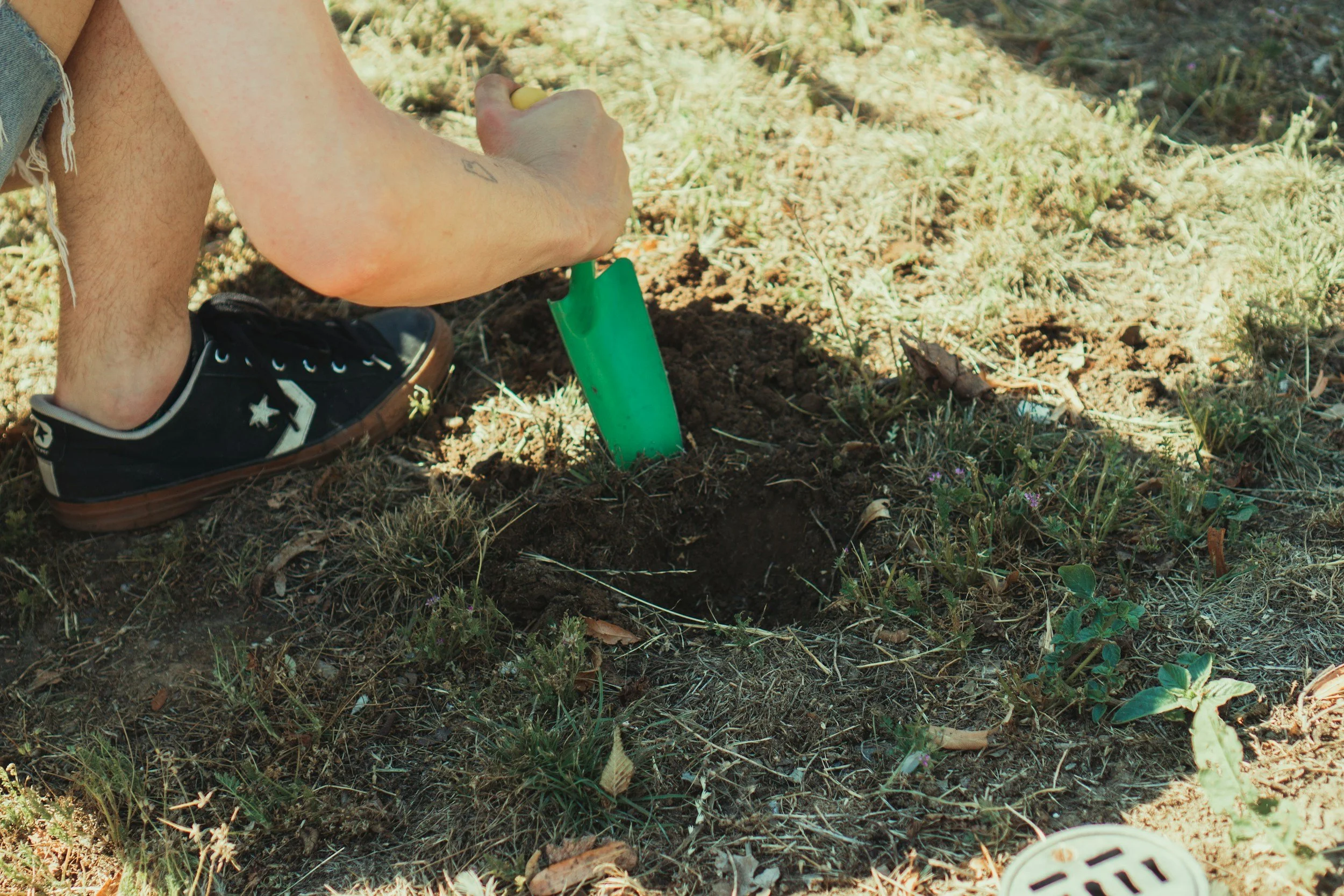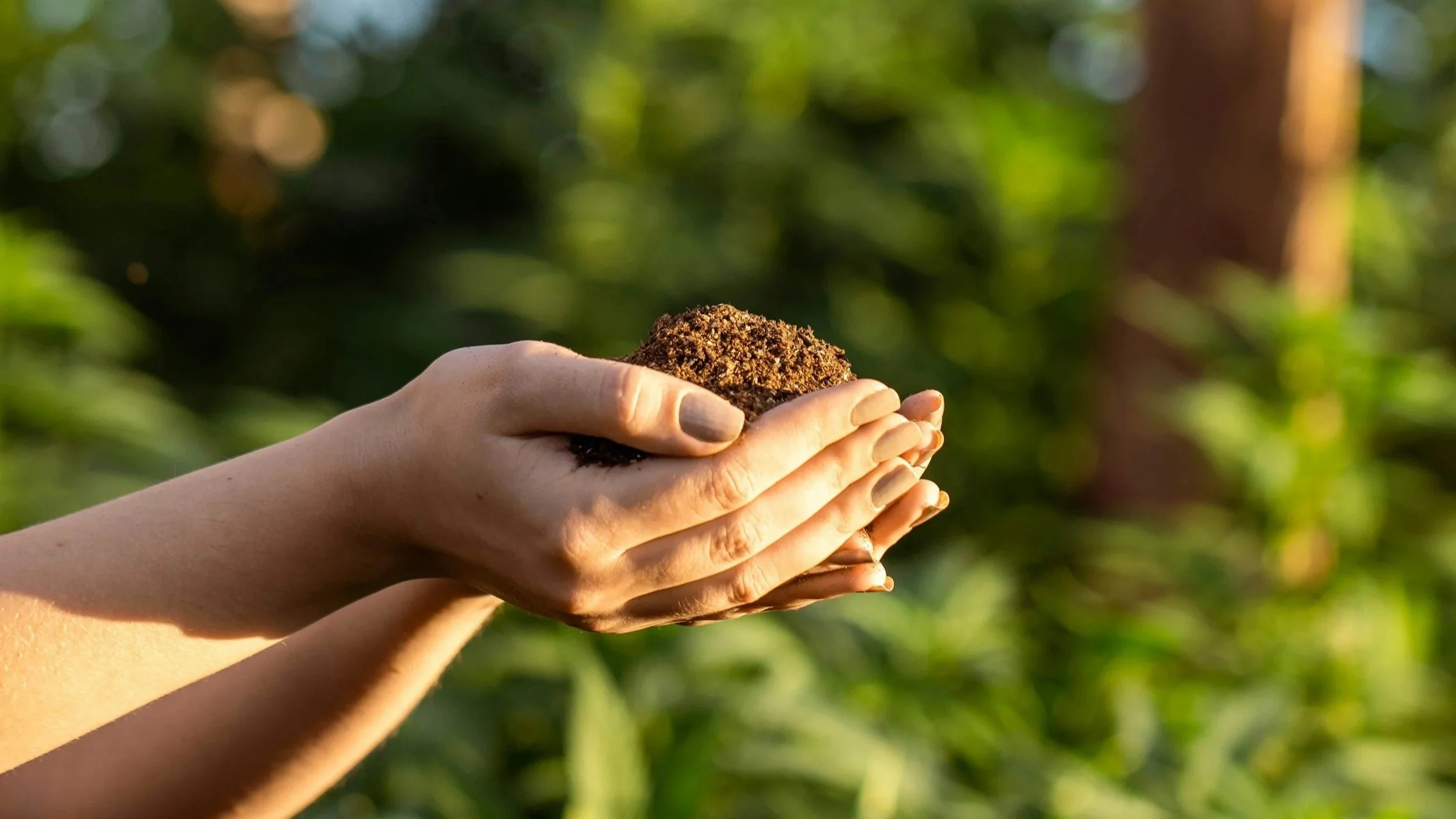General Planting Guide for South Carolina Gardens
Getting a new plant in the ground can feel like a daunting task, but it doesn't have to be. With over 40 years of experience, the staff at Head-Lee Nursery has perfected the art of planting to ensure that your plants thrive. Whether you're a seasoned pro or just starting your gardening journey, following a few simple steps can make all the difference.
1. Learn When to Plant
Learning when to plant shrubs, trees, and other plants in your South Carolina garden is key to ensuring that your plants have enough time to establish their roots and grow. Some plants may not do well in your growing zone.
A growing zone, also known as a hardiness zone or gardening zone, refers to the average annual minimum winter temperature of a location. Upstate South Carolina is in the growing zone 7b to 8b, which means that our average annual minimum winter temperature is 5 to 15°F.
So, before you begin planting your new garden addition, make sure to check your plant’s preferred growing zone and check out our guide on South Carolina’s first frost and last frost dates so that you can time your planting correctly and set your plant up for success.
2. Start off with a Healthy Plant
Part of ensuring that your new plant grows and thrives is to start off with a healthy plant. Some suppliers may not be specialized in plant care, and the plant could be weakened before purchase. Also, they may not focus on stocking plant material that is suited for our area. At Head-Lee Nursery, we make sure that we sell the healthiest plants in South Carolina.
3. Dig the Perfect Hole
When you're ready to plant, the most important first step is preparing the hole. Dig a hole that is three times the width of the plant's container and twice the depth. This large space will ensure that your plant's roots have plenty of room to spread out and establish themselves.
Having this large of a hole is also crucial for ensuring ample soil drainage. Upstate South Carolina’s soil naturally contains a lot of heavy clay, and heavy clay isn’t good for soil drainage.
4. Amend the Soil
The soil you removed from the hole will create the base of the soil that you put back into the hole to cover the root system of your plant. But, you need to amend it to provide the best possible environment for your new plant. We recommend mixing the native soil with an equal part of a bark based soil conditioner, such as Daddy Pete's Plant Pleaser. Soil conditioners are designed to loosen clay soil, improve drainage, and provide the essential nutrients your plant needs for a strong start.
If you have sandy soil, then use peat, mushroom compost, or composted cow manure as your soil amendment.
5. Plant at the Correct Depth
This is a critical step that many people overlook, but it cannot be skipped!
After you've mixed your soil, fill the bottom of the hole so that the top of your plant's root ball rests slightly above the ground’s natural level. This is especially important for plants such as conifers and rhododendrons, as the position enhances drainage and can help prevent root rot.
As you’re adding soil to your new plant, be careful not to cover the root flare, which is the area where the roots just begin to fan out from the base of the plant. To be clear, you should cover the plant’s roots.
Finally, gently fill and mound the prepared soil around the root ball. Don’t smash the dirt down over your plant as this will unnecessarily compact your soil.
6. Mulch Correctly
After planting, cover the prepared soil with one-to-two inches of mulch or pine straw. Adding mulch does several things:
1) The mulch helps to prevent weeds from growing around your new plant.
2) The mulch helps the soil retain moisture, which stops your plant from drying out too quickly.
3) The mulch helps protect your plant’s sensitive roots from extreme temperatures.
You may be wondering, “What is mulch?” Mulch is any material spread or laid over the surface of the soil as a protective layer. The layer can be made from a variety of organic or inorganic materials, and each type offers its own benefits. If you need some guidance on choosing what mulch is best for your garden, then stop by our South Carolina garden center or give us a call at 864-882-3663.
7. Water Your New Plant
Watering is one of the most important steps for a new plant's success. When a plant is first placed in the ground, its roots haven't yet grown into the surrounding soil to draw in moisture. This means that the plant relies entirely on the water you provide.
Yet, over-saturating the soil can cause problems including root rot and mildew. So, you have to find the right balance of watering. We recommend inspecting your plant daily to determine how much water it needs. Also, make sure to follow our Watering Guide.
Reach out to Head-Lee Nursery
Getting new plants is exciting, and we’d love to help you set your plant up for success. We have the healthiest plants in South Carolina, and we have over 40 years of horticultural experience. Our friendly and knowledgeable staff at our Seneca garden center loves helping customers, whether you're a gardening expert or a total beginner. Stop by Head-Lee Nursery and let us help you find the perfect plants for your garden.







